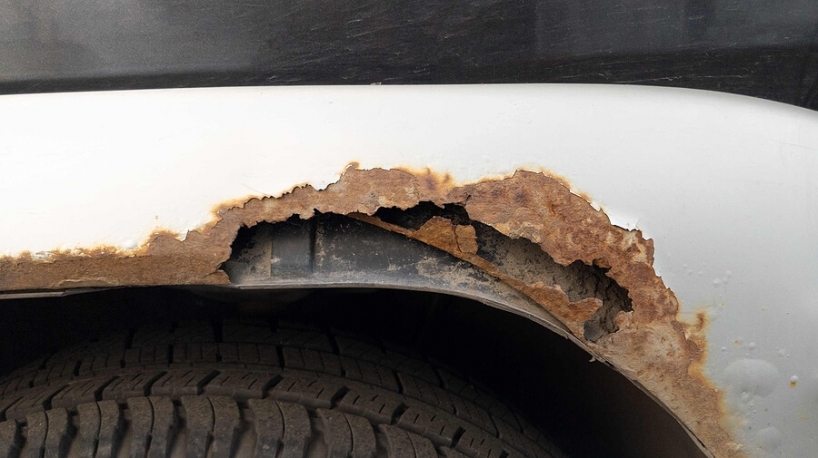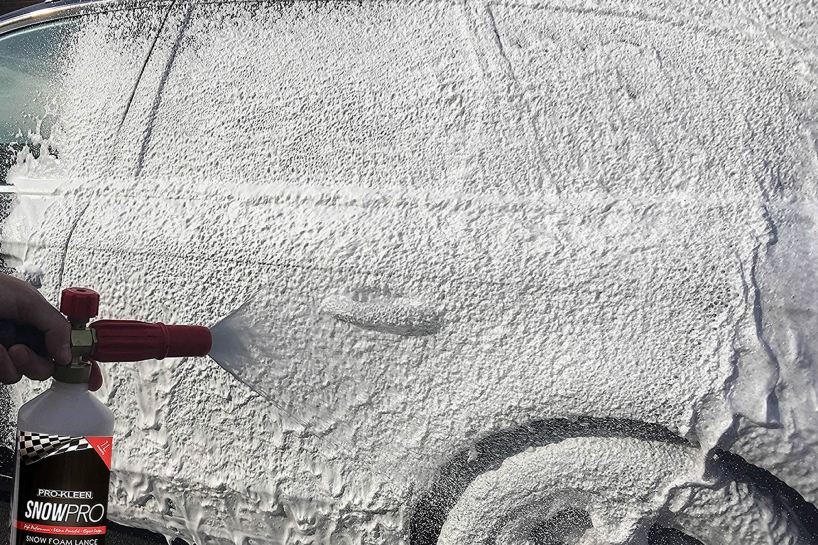
April 14th, 2022 by
Because your car spends much (if not all) of its time outside, it logically follows that weather and season have a direct impact on its condition. Keeping your car clean is an essential part of keeping it in good condition but key factors such as when to wash it, how frequently, and the methods used vary according to season.
Here are some top tips for cleaning your car in the two most extreme seasons – winter and summer.
Winter car cleaning
Winter weather places the most demands on your car and because of that, you should be washing it more regularly. Here are some things to consider:
Wash regularly to prevent salt corrosion
If you want to avoid rust spots, you need to take salt corrosion seriously. Salt corrosion happens when the salt that is applied to icy roads in the winter splashes onto the lower surfaces of your car and oxidises due to being mixed with water. This is corrosive and causes your car to rust over time. The best way to prevent this from happening is to clean it regularly over winter. Especially when it’s been particularly cold.

Don’t wash when it’s too cold
While you should wash your car more when it’s cold due to the issue of salt corrosion, you should equally not wash it when it’s very cold. If your car is freezing, pouring warm water on it runs the risk of cracking your windscreen. It can also make it harder for the car to dry off properly and this can leave paintwork with streaks and watermarks. Make sure the temperature is above freezing before washing – often the middle part of the day will be the warmest.
Summer car cleaning
Summer brings much less risk of salt corrosion (though remember there will always be traces of salt on the roads) but it does bring some issues of its own:
Don’t wash when it’s too hot
Cars are made of metal and therefore can get very hot in summer weather. If you wash your car when it’s really warm, the shampoo can dry on before you have had a chance to rinse it away, leaving streaks and a dull film. Try cleaning and rinsing in sections rather than doing the whole car at once to minimise drying time and do it in the early morning or late afternoon.
Heat can also cause problems with snow foam as it can pop the bubbles that allow it to cling to the car’s surface. If it doesn’t cling for long enough, it won’t do its job of removing the dirt and is therefore pointless.

Wash after rain
Rain is bad for cars all year round but as well as being acidic, in the summer it can bring additional contaminants such as pollen, which can damage the paintwork. Wash your car after rainfall but if you are going to use snow foam, make sure it’s completely dry first as water will also stop the snow foam from clinging properly.
Remove tar spots
Just as salt corrosion comes with winter driving, summer driving is characterised by tar spots. Tar in the road is softened by heat and this can allow it to move about and be deposited on paintwork. These appear as small black spots. Because tar is very sticky but also able to harden, it will bond to the paintwork and is impossible to remove through general cleaning. You will need a tar remover product to get rid of it so include this in your summer car cleaning.
Comments
Leave a reply
Your e-mail address will not be published. All fields are required



